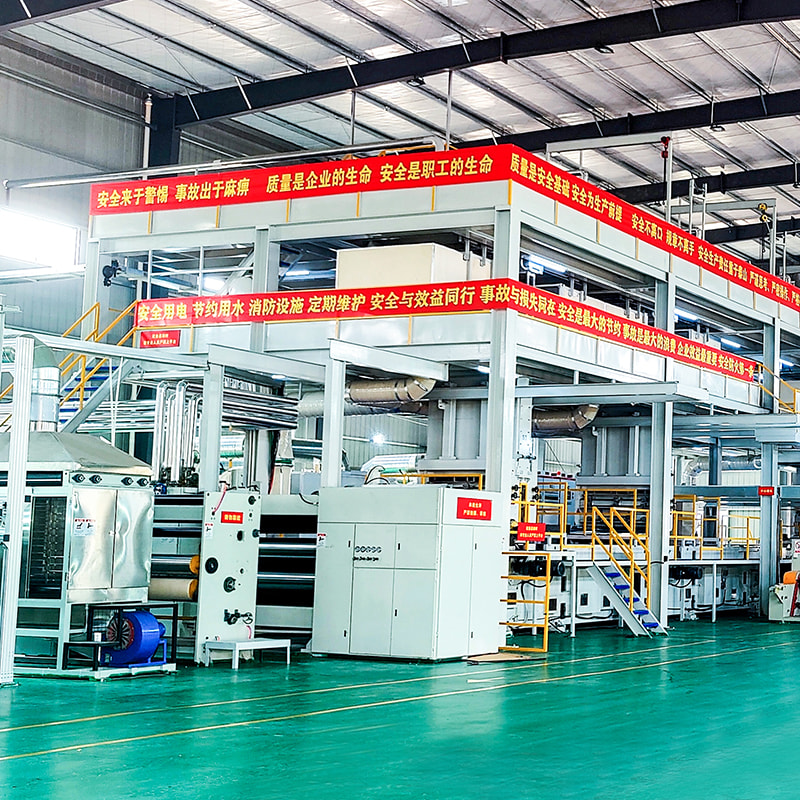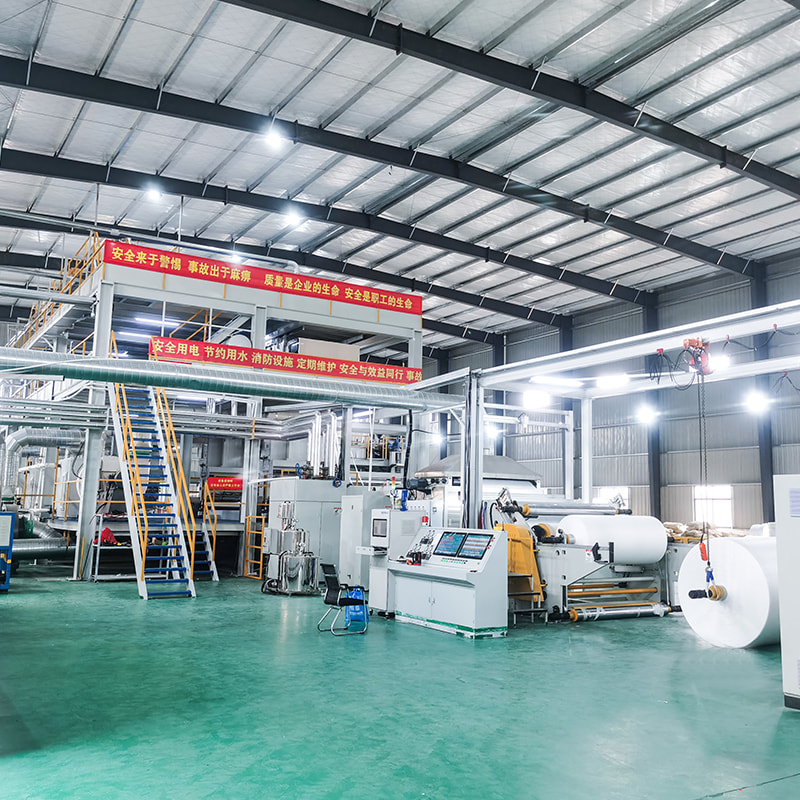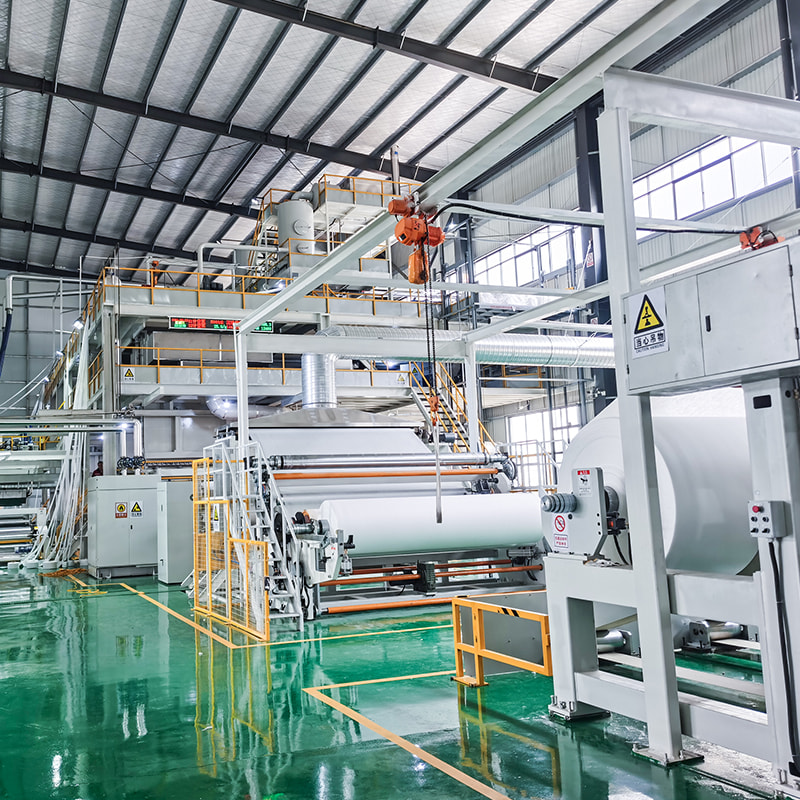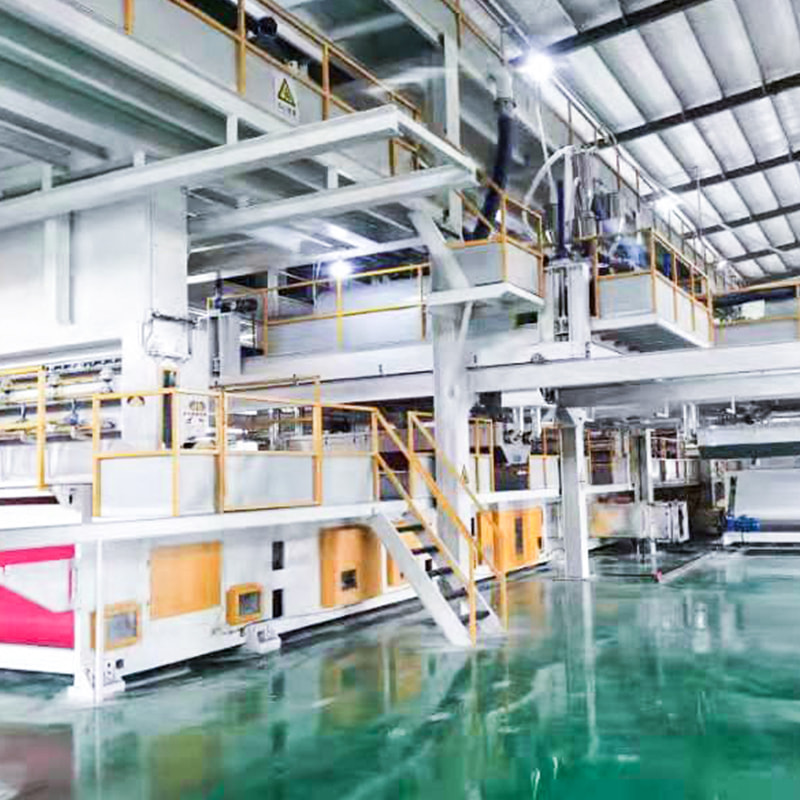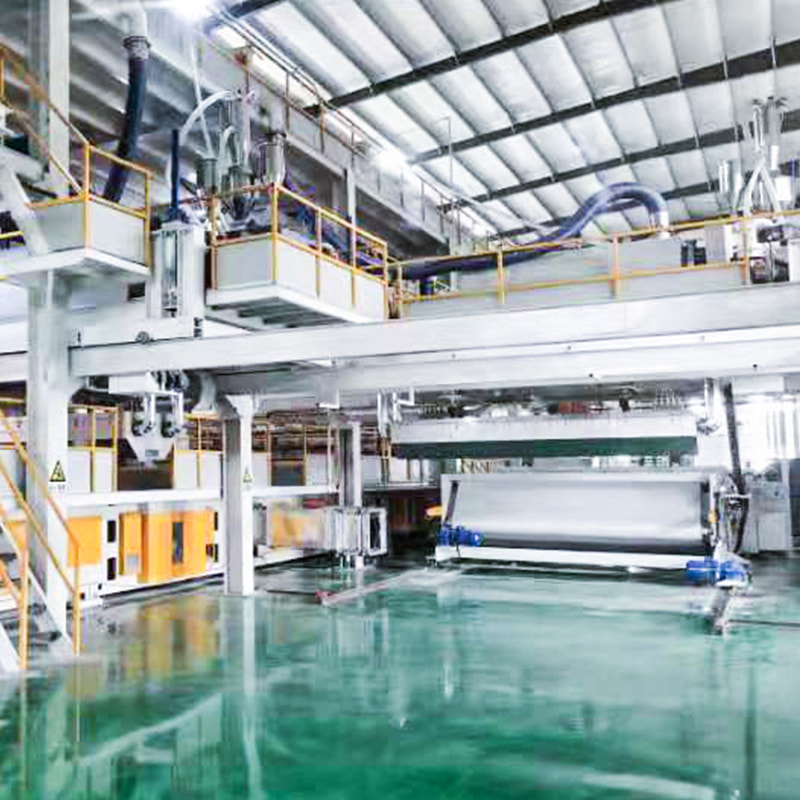When it comes to nonwoven fabric production, achieving the right balance between machine speed, labor efficiency, and output is crucial for maximizing profitability and ensuring high-quality products. The Nonwoven SS machine, specifically the Double Beam Spunbond model, offers excellent versatility, capable of running at speeds between 9-350 m/min. However, faster speeds don't always equate to better results; striking the perfect balance is key to optimizing production efficiency. A deep understanding of how these elements interact can help manufacturers make informed decisions that impact both the operational costs and the final product quality.
The machine speed is one of the most important factors in determining production output. While it’s tempting to push the machine to its maximum speed to boost output, this can sometimes lead to sacrifices in fabric quality. Excessive speed might result in uneven fabric thickness, lower bonding strength, or even machine malfunctions. Therefore, it's essential to fine-tune the speed to suit the specific fabric type being produced. For example, high-speed settings might work well for lightweight nonwoven fabrics used in disposable products like face masks and medical gowns, but slower speeds could be more appropriate for heavier-duty applications like agricultural covers or packaging materials.
Labor efficiency also plays a significant role in optimizing production. For a Nonwoven SS machine, the labor requirement is typically around 4 workers per shift, working two shifts a day. However, it’s not just about having enough workers; the right level of training and coordination is essential. Workers need to understand how to manage the machine's settings, troubleshoot issues, and ensure smooth operation to avoid production delays. Having experienced personnel who can make quick adjustments to machine speed, filament denier, and other settings helps maintain a steady flow of production while minimizing downtime.
Another factor to consider is the output capacity of the SS machine. Depending on the machine's effective width, which ranges from small to large configurations, the output can vary significantly, ranging from 6 to 20 tons per month. For manufacturers, this flexibility is key, allowing them to scale production according to market demand. However, it’s important to optimize the machine’s settings to ensure that the fabric’s weight, texture, and overall quality meet the necessary specifications for each application. For instance, a higher output may be necessary for mass-market items like shopping bags, while more precise settings are required for medical or hygiene products, where fabric consistency is critical.
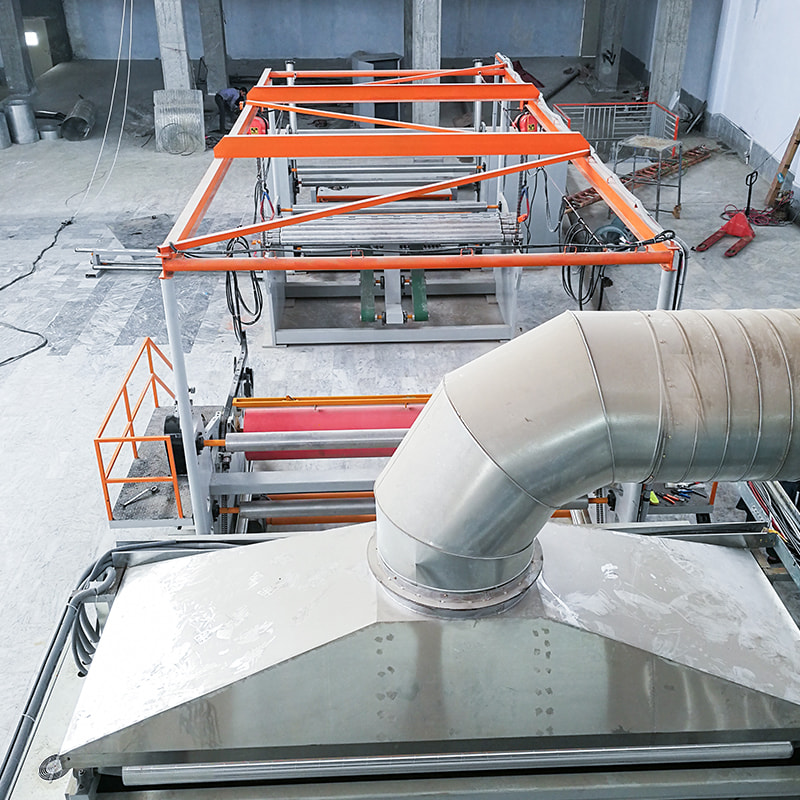
At the same time, it’s essential to keep an eye on the overall operational costs. The energy consumption of the Nonwoven SS machine will depend on its speed, effective width, and the type of fabric being produced. High-speed operations typically require more energy, so manufacturers must find ways to balance production demands with energy efficiency. Investing in machines that are designed to be energy-efficient can significantly reduce long-term operational costs, allowing businesses to remain competitive in an ever-evolving market.
Customization options in Nonwoven SS machines also allow manufacturers to fine-tune production parameters, which can lead to substantial improvements in both quality and efficiency. For example, modifying the filament denier or adjusting the tension during production can ensure that the nonwoven fabric meets the precise needs of end customers. These small changes can result in higher-quality products, greater customer satisfaction, and a more efficient production process. The ability to customize the machine settings provides manufacturers with the flexibility to adapt to changing market demands and improve their product offerings.
Ultimately, optimizing the production efficiency of a Nonwoven SS machine requires a strategic approach that considers speed, labor, and output in tandem. Manufacturers who understand how these factors interact and can make informed adjustments to their production process will experience greater success in both cost reduction and product quality. By balancing these elements effectively, businesses can increase their output without compromising on the fabric's performance, making their operations both more profitable and sustainable.



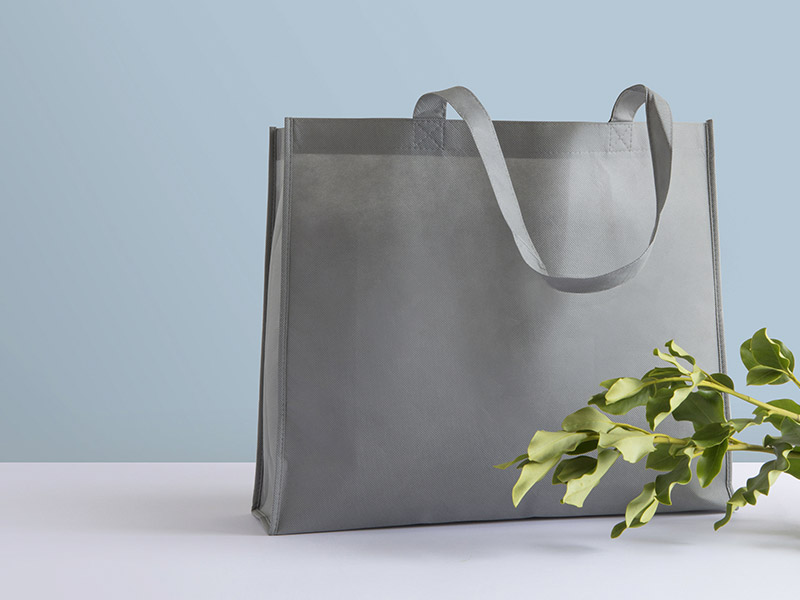


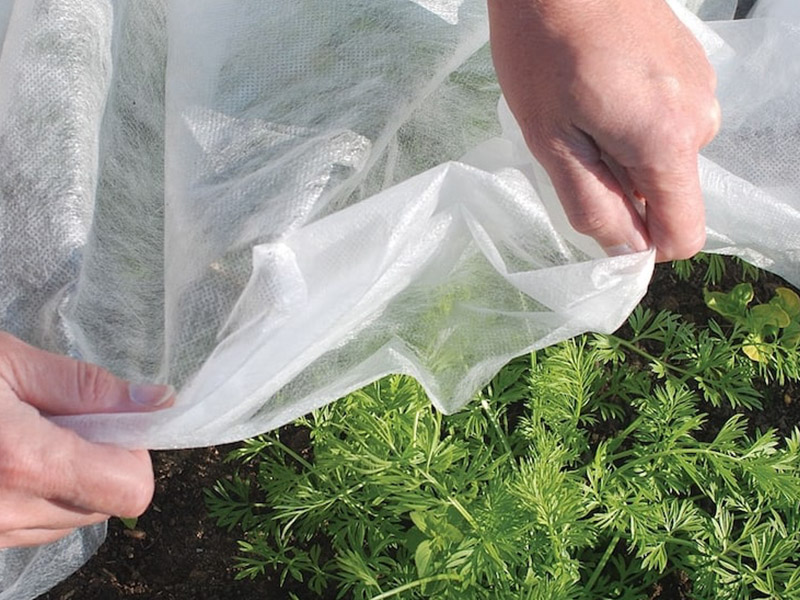
 English
English 中文简体
中文简体 русский
русский عربى
عربى
